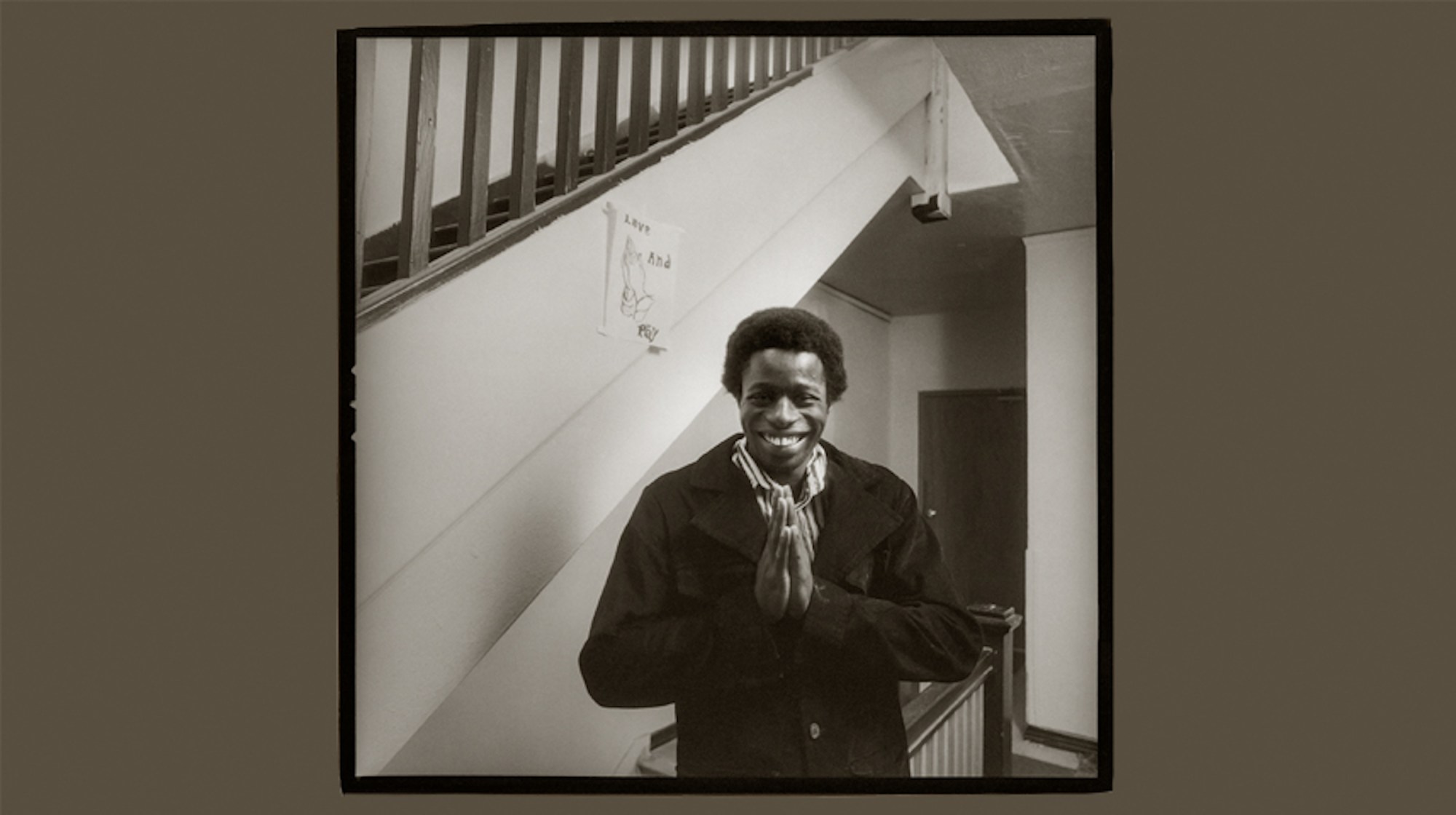By the mid-70s, Hollywood Boulevard had gone to seed. Like many cities across the nation, Los Angeles was hit by a wave of urban blight caused by a confluence of systemic factors like “stagflation” and “benign neglect”. Under the shadow of steep economic decline, Tinseltown’s lustrous sparkle began to fade. In its place, a new street culture took hold as hustlers, hippies, grifters, pushers, prostitutes and runaways roamed the Walk of Fame making a name for themselves.
Just one mile away, on the corner of Hollywood and Western, stood the St. Francis — a pay-by-the-week hotel that had seen better days. Built in 1926 during the height of Hollywood’s silent era when movie stars could command million dollar salaries, the St. Francis rested atop a network of underground tunnels that actors could traverse unseen during epic movie premieres.
By 1975, the tunnels were sealed off and the hotel’s fortunes had changed. The posh clientele had moved on and a new passel of patrons no less captivating took their place. On any given day, one might see child actors whose parents squandered their earnings, stuntmen without pensions, young couples, divorced middle-aged men, devout Christians, Texas cowboys and Yale grads strolling through the hotel lobby, going about their everyday lives.
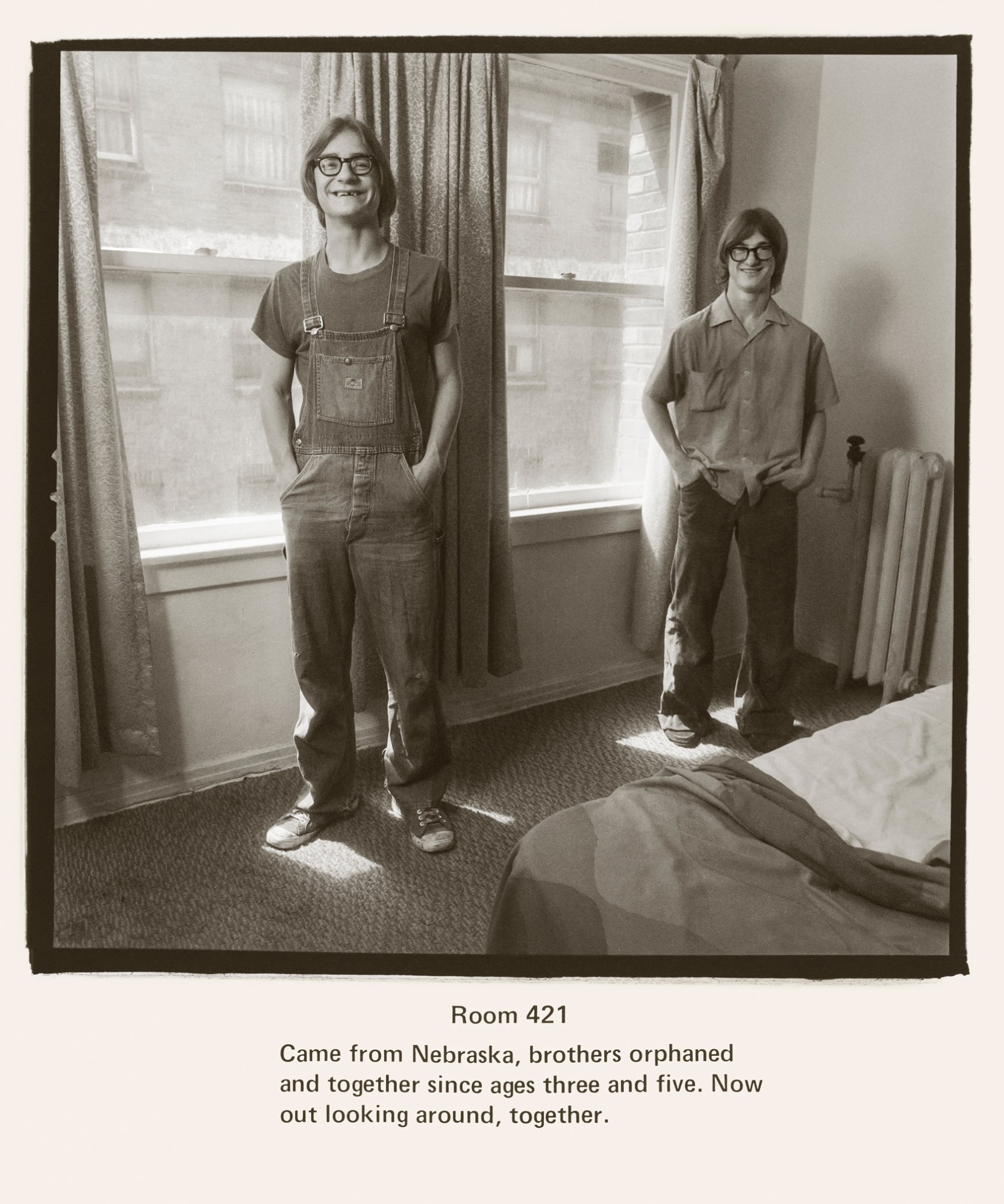
Photographer Penny Wolin, then a 21-year-old student at ArtCenter College of Design, first happened upon the St. Francis at the invitation of one of her models, a former Vietnam vet turned hairstylist, who was now living there. Penny immediately knew she had happened upon something powerful and profound: a community where people up and coming or down and out could afford to live with basic dignity and respect.
Seizing the moment, Penny decided to get a room for herself in order to embark on a series of environmental portraits. Over a period of three weeks, she lived in Room 526, and set to work photographing the hotel’s residents. Nearly half a century later, Penny just published the work as Guest Register (Crazy Woman Creek Press), offering an insider’s view of life at an SRO (single room occupancy), a once-common form of urban housing that is now all but obsolete.
“More than being a geographic region, Hollywood is an existential location,” Penny says, reflecting on the wide array of people the mythic city has attracted since it was first incorporated in 1903. “People came to Hollywood, not because they wanted to live on a particular street. They wanted to live in a landscape of being who they wanted to be and to pursue a dream.”

By letting rooms by the week or the month, St. Francis was the ideal locale for people who were making their way through life. Not tied to an annual lease, they had the freedom to come and go as they pleased — and this non-traditional housing arrangement created the stage through which a rather unusual cast of characters might pass on any given day of the week.
When Penny asked hotel management if she could make these photographs, they instantly understood her vision and supported her dream. “They were all engaged in Hollywood in some way,” she says. “The manager was a former set designer so they were all for it.” Penny hung out in the lobby, meeting residents in the common space where conversation and connection was encouraged. Rather than invade their personal space, she sought permission first, and in being a resident herself became an observer and participant in the work.
Her first encounter with a former Hollywood stuntman living in Room 105 proved to be a singular event, defining the need to make these portraits. “I met him in the lobby and he was very amenable to me photographing him,” she recalls. “He wanted me to come early in the morning, probably eight o’clock. When I got here, the police were there. He had died the night before. His body had already been removed. This was a wake up call.”
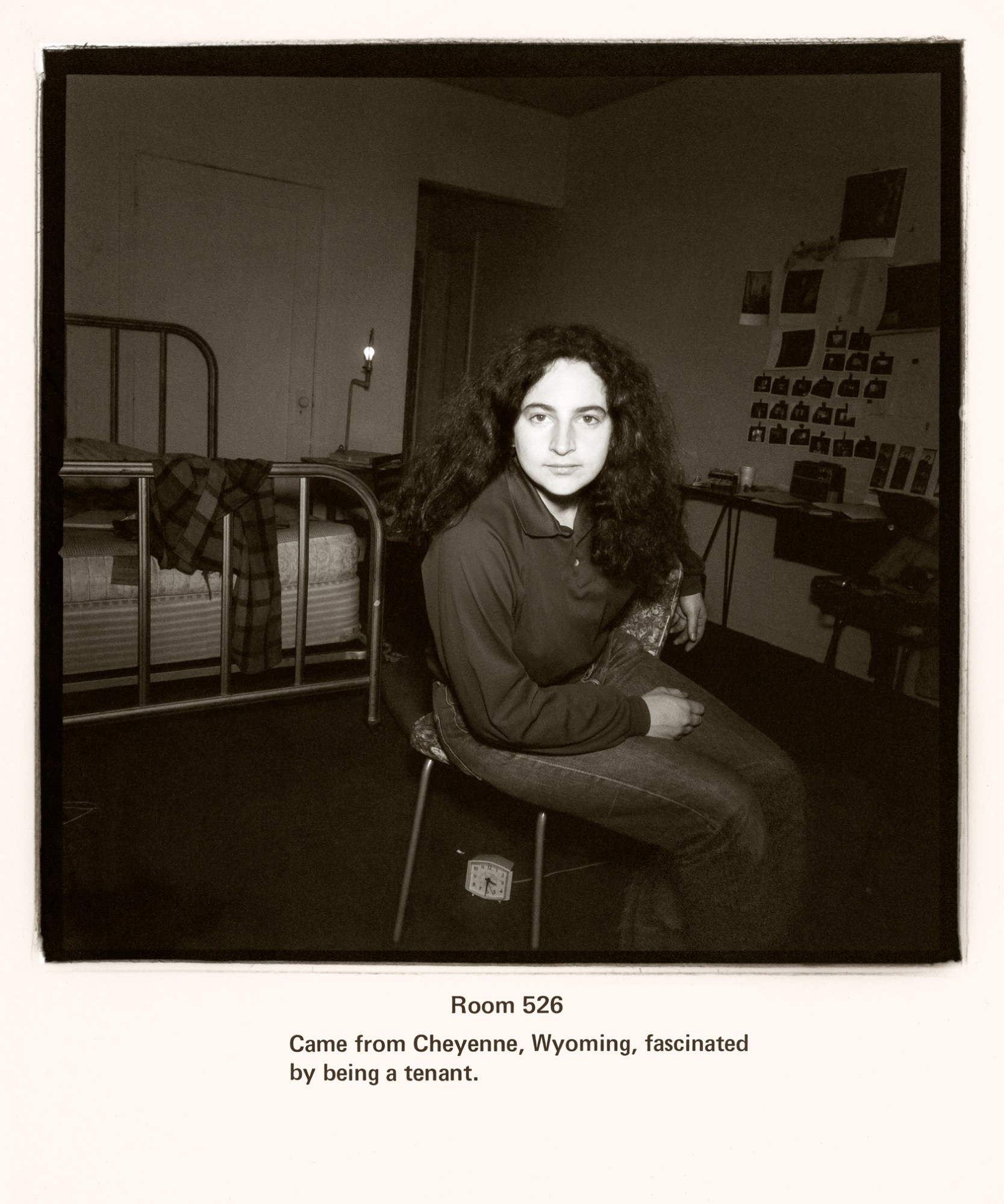
Photographing the empty bed, Penny created a poignant portrait of a man who left behind wrinkled sheets, a flask, and a cane to support the legs broken on a movie set so many years ago. From the start, it became clear how people live is as fascinating as how they present, a way of seeing that invites us to consider the impact of environment on identity — and vice versa.
“Architecturally each room was the same, but how they inhabit their room made them different,” Penny explains. Some residents decked out their rooms with black light posters and works of art, while others set up makeshift vanities, transforming a humble bureau into a beautician’s paradise. Some freely littered in their rooms, living out of cartons with toilet paper stashed nearby for wider use. Others kept their rooms immaculate.
Subscribe to i-D NEWSFLASH. A weekly newsletter delivered to your inbox on Fridays.
People invited Penny into their private realms, showing themselves and how they live not only in their choice of décor and ensemble, but in their gestures, poses, and expressions. Each portrait became a collaborative event built upon a fundamental sense of connection between the photographer and her sitters. In Room 415 lived a middle aged white man with a thick moustache and thinning hair who usually donned white shoes and plaid pants as daywear. In the portrait he wears a white dobok with black trim and assumes a fighting stance to show that he was one of three people in the world to earn a sixth degree black belt in Taekwondo.

In Room 323, a plumber and electrician welcomed Penny with a warm smile and a photo ready look, breaking out her gown and lace wrap for the portrait. During the day, Jean presented as a man, wearing overalls and carrying tools of the trade, but after retiring to her boudoir, she was free to live her truth. “Jean was a beautiful person,” Penny recalls. “At the hotel, nobody batted an eye. Jean was an original who lived an authentic life.”
The residents of the St. Francis fit in perfectly with this new Hollywood, a reflection of the very change in filmmaking after the studio system broke down. In its place a new era emerged fueled by NeoRealism and New Wave. The people in these photographs could just as easily have appeared as characters in films by Martin Scorsese, Robert Altman, and John Cassavetes. Through Penny’s lens they emerge as stars in a parallel universe, the kind of people one might encounter at the roller rink, all-night diner, or sale rack at Frederick’s of Hollywood.
Through her encounters with hotel residents, the young photographer learned about human experience, tolerance, and making the most out of the hand you are dealt. Penny became good at reading people’s intentions and measuring them to see if they were on the up and up. But perhaps the greatest lesson of all was seeing our shared humanity. No matter the background, the circumstances, or the trajectory of our lives, Penny came to understand: “We laugh and love and feel. We all want to succeed with what we do.”
Even if it takes half a century — the world will catch up to you.
‘Guest Register’ by Penny Wolin is available now, published by Crazy Woman Creek Press

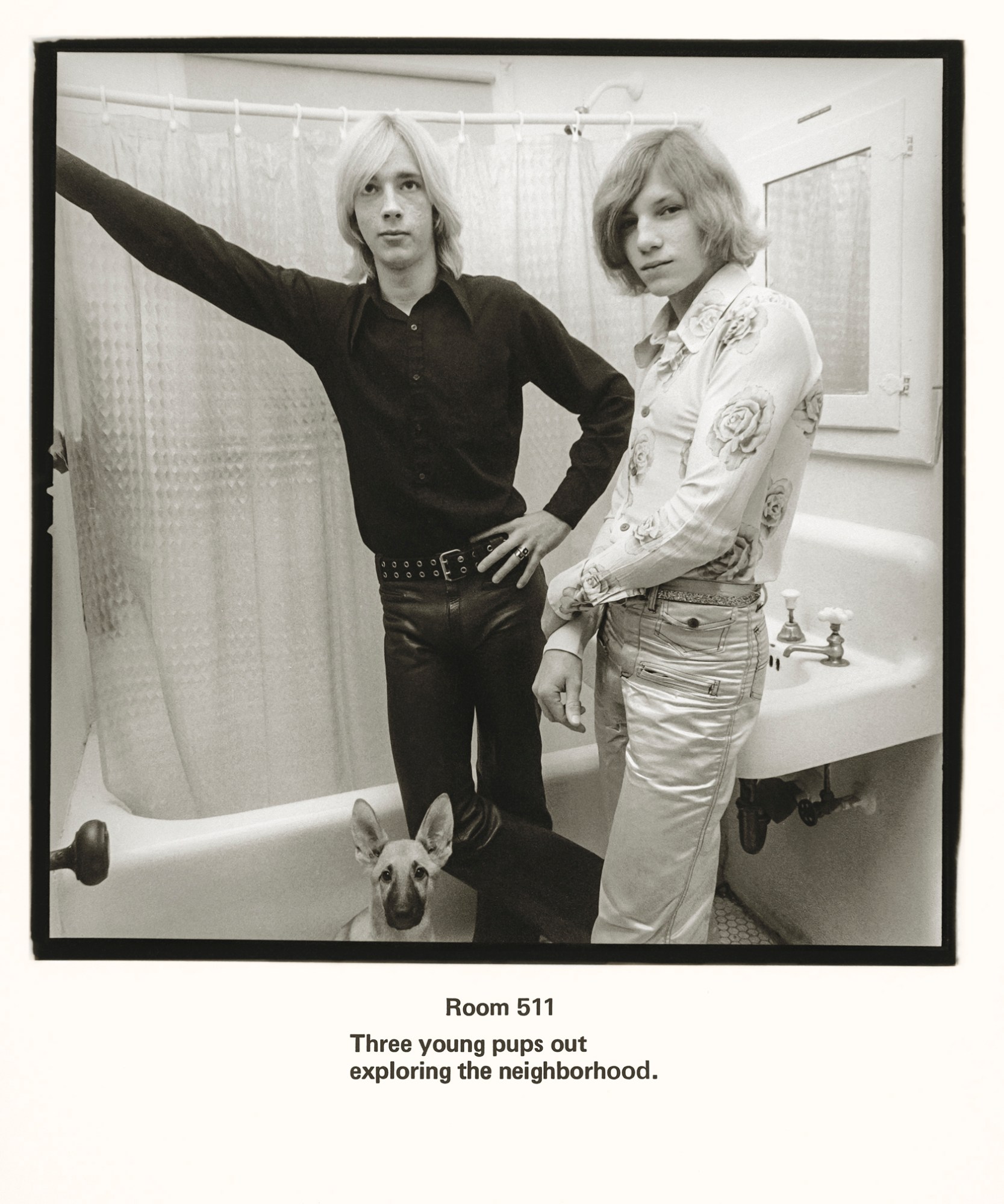
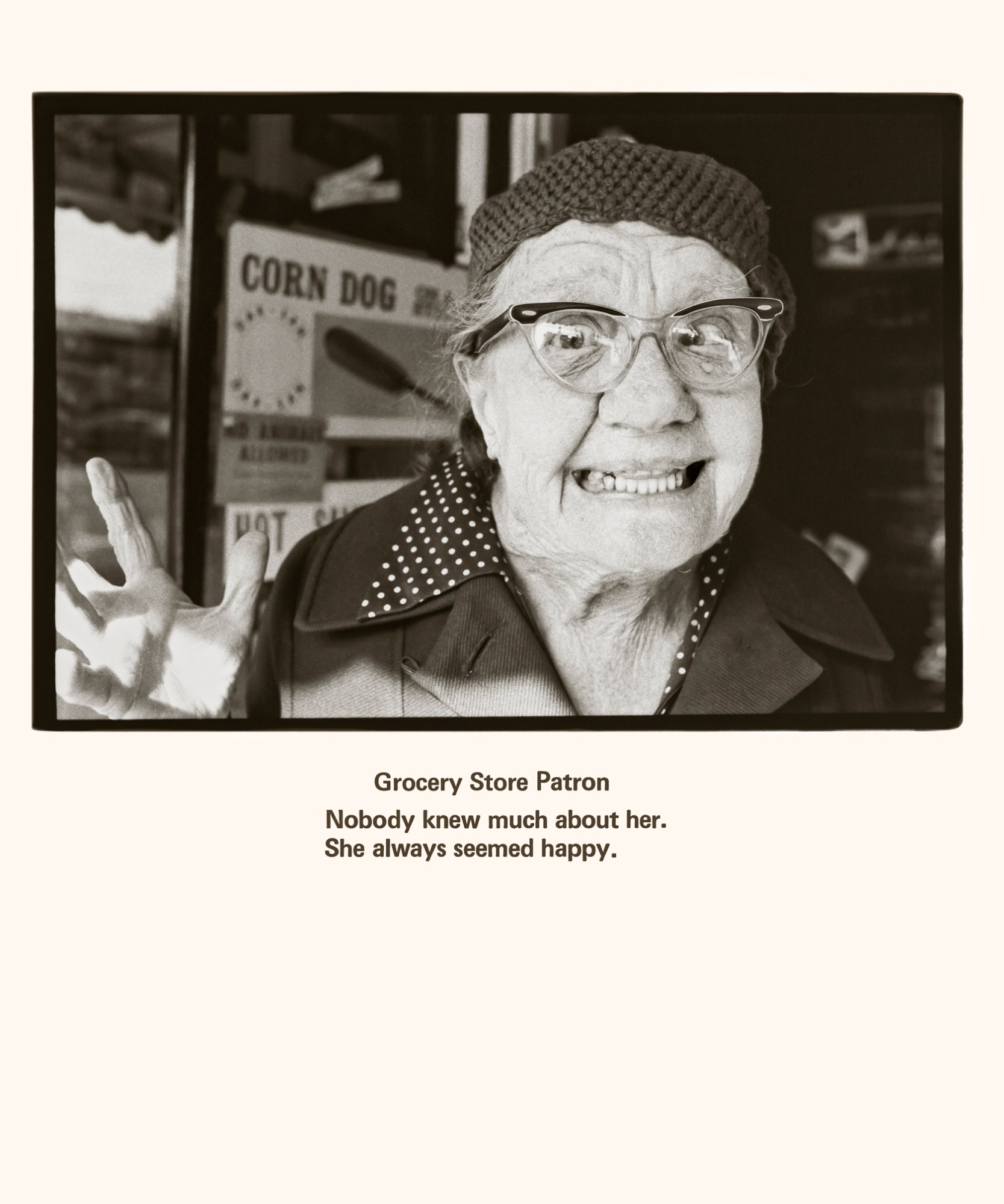
Credits
All images and text © Penny Wolin, All Rights Reserved.
